- Why Pruning Berry Bushes in Autumn is Essential
- Promotes Healthy Growth
- Controls Size and Shape
- Encourages Fruit Production
- Prevents Disease and Pest Infestation
- Improves Aesthetic Appeal
- Benefits and Importance of Autumn Pruning
- Preparing Berry Bushes for Winter
- Clean up the Area
- Prune Dead and Diseased Branches
- Mulch the Base
- Protect from Extreme Cold
- Keep the Soil Moist
- Monitor for Pests
- When to Prune Berry Bushes in Autumn
- Consider the Plant Type
- Timing for Pruning
- Pruning Techniques
- Conclusion
- Identifying the Right Time to Prune
- 1. Dormancy Period
- 2. Weather Conditions
- 3. Fruit Production Cycle
- 4. Pest and Disease Control
- 5. Plant Age and Health
- How to Prune Berry Bushes in Autumn
- 1. Choose the Right Time
- 2. Gather the Necessary Tools
- 3. Remove Dead or Diseased Wood
- 4. Thin Out Overcrowded Areas
- 5. Shape the Bushes
- 6. Clean Up and Dispose of Debris
- 7. Provide Aftercare
- Tools and Equipment
- Step-by-Step Pruning Process
- Mistakes to Avoid While Pruning Berry Bushes
- Common Pruning Errors and How to Prevent Them
- 1. Overpruning
- 2. Improper Timing
- 3. Neglecting Sanitization
- 4. Incorrect Angled Cuts
- 5. Excessive Lateral Growth Removal
- 6. Ignoring Renewal Pruning
- Questions and Answers:
- When is the best time to prune berry bushes in autumn?
- What are the benefits of pruning berry bushes in autumn?
- How should I prune berry bushes in autumn?
- Can I prune my berry bushes in early autumn?
- What tools do I need for pruning berry bushes in autumn?
- Videos: Photinia red robin spring or summer trim / prune
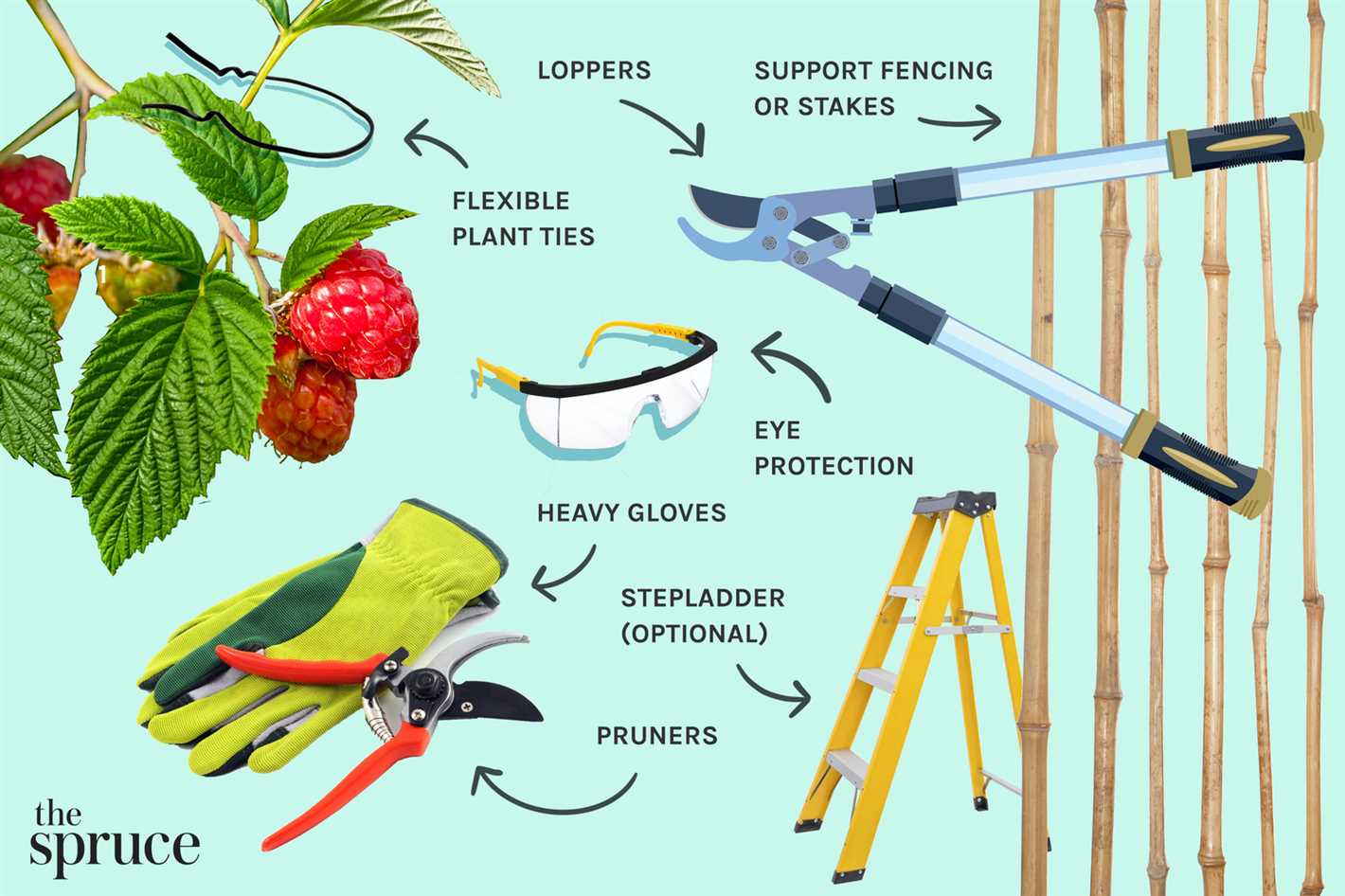
Pruning berry bushes in the autumn is an essential step in maintaining their health and productivity. By removing dead and diseased branches, as well as thinning out the plant, you can promote better air circulation and sunlight penetration, which will result in larger and sweeter berries next season. However, pruning should be done at the right time and in the correct manner to avoid damaging the bushes. In this master class, we will guide you on when and how to cut your berry bushes to ensure their optimal growth and fruit production.
When to Prune: The best time to prune berry bushes is in late autumn or early winter, after the bushes have gone dormant. Pruning during this period allows the plant to focus on healing and preparing for the upcoming growing season. Be sure to check the specific pruning requirements for each type of berry bush, as they may have different timing needs. Generally, late autumn pruning is recommended for most varieties.
How to Prune: Start by removing dead, damaged, or diseased branches. These branches can harbor pests and diseases over the winter and affect the overall health of the plant. Use sharp pruning shears or a pruning saw to make clean cuts just above a bud or side branch. This will encourage new growth in the next season. Next, thin out the bush by removing some of the older branches and any overcrowded areas. Aim for an open and evenly spaced structure that allows air and light to reach all parts of the plant.
Tip: It’s always a good idea to sanitize your pruning tools with a solution of 10 parts water to 1 part bleach between cuts to prevent the spread of diseases.
Remember to step back and assess your progress as you prune. Maintain a balanced shape and remove any crossing or rubbing branches. Finally, give your berry bushes a good mulch and watering to help them through the winter and ensure healthy regrowth in the spring. By following these pruning techniques, you can enjoy a bountiful harvest of delicious berries from your bushes next year!
Why Pruning Berry Bushes in Autumn is Essential
Pruning berry bushes in autumn is an essential maintenance practice for several reasons. It not only helps maintain the health and shape of the bushes but also promotes better fruit production in the coming seasons. Here are a few reasons why autumn pruning is so important:
Promotes Healthy Growth
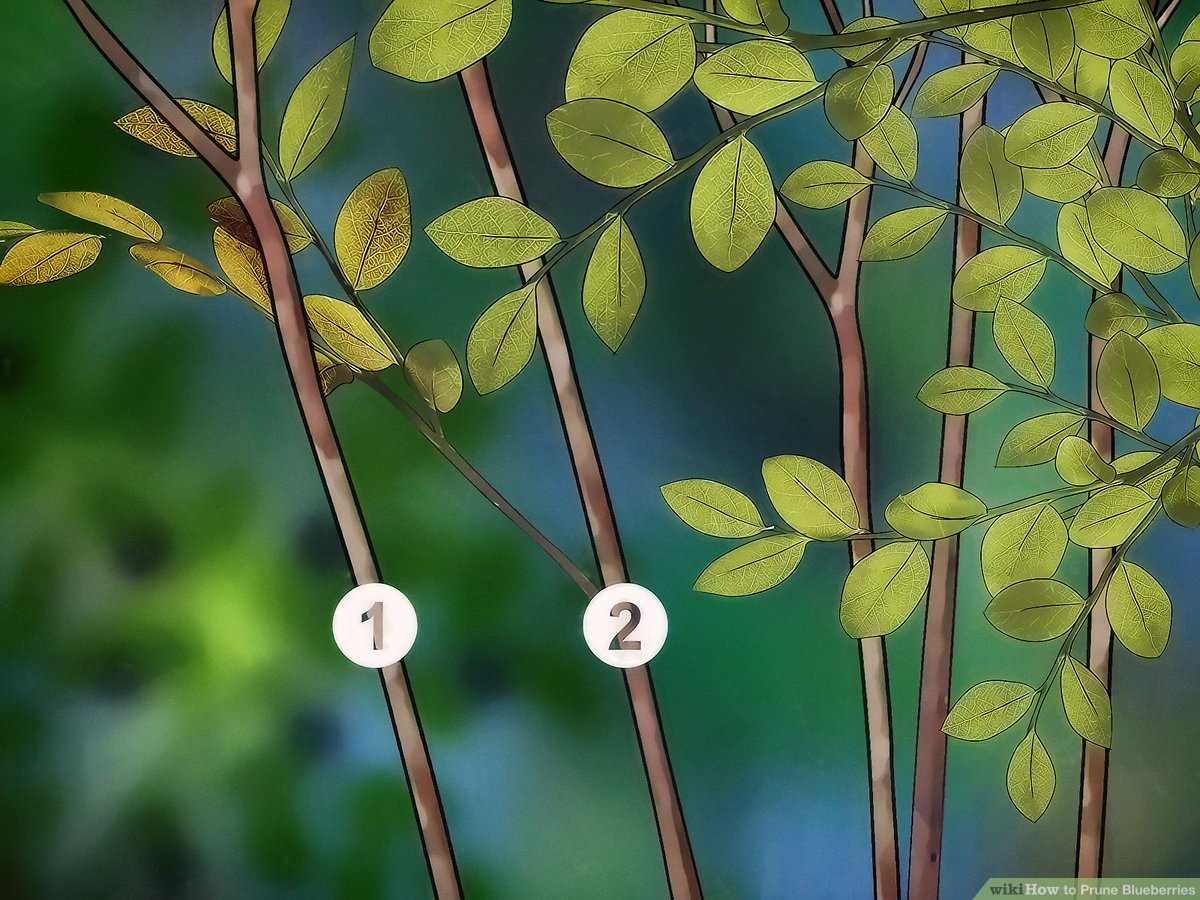

Pruning helps stimulate healthy growth in berry bushes. By removing dead, damaged, or diseased branches, you ensure that the plant’s energy is focused on producing new, healthy growth. This improves air circulation and light penetration, reducing the risk of diseases and pests.
Controls Size and Shape
Autumn pruning allows you to control the size and shape of the berry bushes. By cutting back excessive growth, you can prevent the bushes from becoming overgrown and unmanageable. This makes it easier to harvest the fruits and maintain the overall appearance of your garden or orchard.
Encourages Fruit Production
Proper pruning in autumn encourages better fruit production. By removing old and unproductive wood, you create space for new shoots to emerge, which bear more fruit. Pruning also improves the quality of the fruits by increasing their size and enhancing their flavor.
Prevents Disease and Pest Infestation


Dead or diseased branches can become a breeding ground for pests and diseases. By pruning them in autumn, you eliminate potential sources of infection and reduce the risk of infestations in the following seasons. This helps maintain the overall health of the berry bushes and minimizes the need for chemical interventions.
Improves Aesthetic Appeal


Pruning berry bushes in autumn also improves the aesthetic appeal of your garden or orchard. Well-maintained bushes with an open and balanced structure enhance the overall visual effect and create a neat and tidy appearance. This adds to the beauty and enjoyment of your outdoor space.
Overall, pruning berry bushes in autumn is an essential practice for maintaining their health, controlling their size and shape, promoting better fruit production, preventing diseases and pests, and improving the aesthetic appeal of your garden or orchard. It is important to learn proper pruning techniques and timing to ensure the best results for your berry bushes.
Benefits and Importance of Autumn Pruning
Autumn pruning is a crucial aspect of maintaining the health and productivity of berry bushes. By removing dead or damaged wood, as well as overgrown branches, gardeners can help stimulate new growth and improve the overall vigor of the plant.
1. Prevent Disease: Pruning in autumn helps to prevent the spread of diseases and pests. By removing infected or infested branches, you can minimize the risk of them spreading and causing further damage to your berry bushes.
2. Encourage Fruit Production: Autumn pruning allows sunlight to penetrate through the canopy, reaching the inner parts of the plant. This promotes good air circulation and helps the berries ripen evenly, leading to better fruit production. It also allows the plant to allocate its resources more efficiently, resulting in larger and healthier berries.
3. Shape and Control Growth: Pruning in autumn helps to maintain a desired shape and size for your berry bushes. By selectively removing branches, you can control their growth and prevent them from becoming too dense or out of control. This makes it easier to manage the bushes and harvest the berries.
4. Stimulate New Growth: When you prune in autumn, you stimulate the production of new growth. This is important for the next growing season, as new branches will form from the remaining buds. These new branches will be stronger and more productive, contributing to the overall health and vitality of the plant.
5. Overall Plant Health: Autumn pruning helps to keep your berry bushes healthy and in good condition. By removing dead or damaged wood, you reduce the risk of disease and ensure that the plant’s resources are focused on producing healthy new growth. This promotes longevity and productivity, allowing you to enjoy a bountiful harvest for many years to come.
In conclusion, autumn pruning is a vital practice for maintaining the health and productivity of berry bushes. By removing dead or damaged wood, shaping the plant, and stimulating new growth, you can enhance the overall vigor and fruit production of your plants. So don’t overlook the importance of autumn pruning in your gardening routine!
Preparing Berry Bushes for Winter
As autumn approaches and the weather gets cooler, it’s time to start thinking about preparing your berry bushes for the winter. Proper preparation will help your bushes survive the cold temperatures and come back strong in the spring. Here are some tips to help you get your berry bushes ready for winter.
Clean up the Area
Start by cleaning up the area around your berry bushes. Remove any fallen leaves or debris that could harbor pests or diseases. This will help prevent the spread of disease and create a clean environment for your bushes to rest during the winter.
Prune Dead and Diseased Branches
Next, inspect your berry bushes for any dead or diseased branches. Prune these branches back to healthy growth or remove them completely. This will help prevent the spread of disease and allow the plant to focus its energy on healthy growth in the spring.
Mulch the Base
Applying a layer of mulch around the base of your berry bushes can provide insulation and protection during the winter. Use a thick layer of organic mulch, such as wood chips or straw, to help regulate the temperature around the roots of the plants.
Protect from Extreme Cold
In regions with extremely cold winters, it may be necessary to provide extra protection for your berry bushes. Consider using burlap or frost blankets to cover the bushes and protect them from freezing temperatures and harsh winds. Be sure to remove the coverings once the weather starts to warm up in the spring.
Keep the Soil Moist
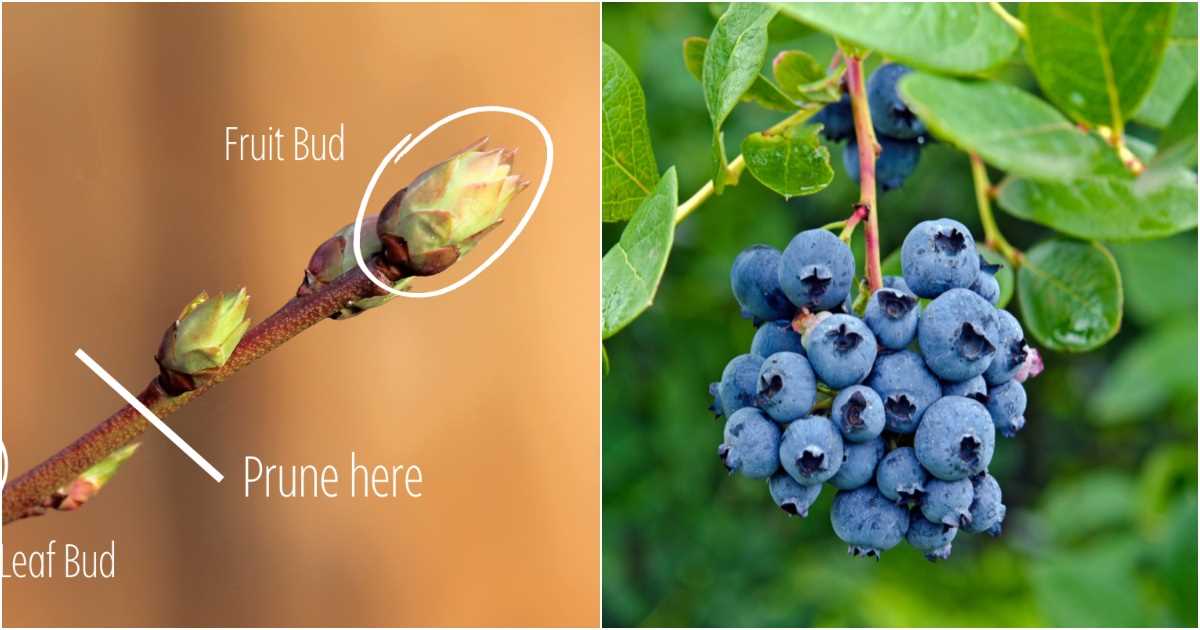

During the winter months, it’s important to keep the soil around your berry bushes moist. Water the plants deeply before the ground freezes to ensure they have enough moisture to last through the winter. Be careful not to overwater, as this can lead to root rot.
Monitor for Pests
Even in the winter, pests can be a problem for berry bushes. Keep an eye out for signs of pest damage, such as chewed leaves or webs. If you notice any pests, take action to control them and prevent them from causing further damage to your bushes.
By following these tips, you can help ensure that your berry bushes survive the winter and come back healthy and strong in the spring. Remember to tailor your winter preparations to the specific needs of your berry bushes and the climate in your area.
When to Prune Berry Bushes in Autumn
Pruning berry bushes in autumn is an essential part of their annual maintenance. It helps to keep the plants healthy and productive, promotes proper growth, and improves fruit production for the following year. However, knowing the right time to prune is crucial to ensure the best results.
Consider the Plant Type
The timing of pruning can vary depending on the type of berry bush. Some common types of berry bushes include:
- Raspberry bushes
- Blackberry bushes
- Blueberry bushes
- Strawberry plants
Each type of plant has its own unique growth habits and pruning requirements. It’s important to familiarize yourself with the specific needs of your berry bushes before proceeding with pruning.
Timing for Pruning
In general, the best time to prune berry bushes in autumn is after they have finished fruiting for the season. This is typically around late summer or early fall, depending on the specific plant and climate conditions.
It’s important to prune before the first frost to ensure the plants have enough time to recover and prepare for winter. Waiting too long to prune can result in damage to the plant and reduced fruit production in the following year.
Pruning Techniques
When pruning berry bushes, there are a few key techniques to keep in mind:
- Remove any dead or damaged branches.
- Thin out overcrowded areas to improve air circulation and light penetration.
- Trim back excessively long branches to promote bushier growth.
- Prune with clean and sharp tools to minimize damage to the plant.
Additionally, it’s important to consider the specific pruning requirements of each type of berry bush. Some plants may require more extensive pruning, while others may only need minimal maintenance.
Conclusion
Pruning berry bushes in autumn is an important step in their annual care routine. By understanding the specific timing and techniques for pruning, you can help ensure healthy growth and optimal fruit production for your berry bushes.
Identifying the Right Time to Prune
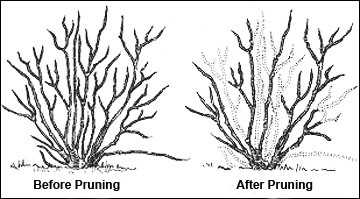

Proper timing is crucial when it comes to pruning berry bushes during autumn. To determine the right time for pruning, several factors should be taken into consideration:
1. Dormancy Period
Pruning should be done during the dormant period of the berry bushes, which typically occurs in late autumn or early winter. This is when the plants are not actively growing and have shed their leaves. Pruning during this period helps promote new growth in the spring.
2. Weather Conditions
It is important to consider the weather conditions before pruning. Extreme cold or frost can damage newly cut branches, so it is best to wait for a mild spell of weather before proceeding with pruning. Additionally, avoid pruning during rainy or wet conditions to prevent the spread of diseases.
3. Fruit Production Cycle
The fruit production cycle of the specific berry bushes should be taken into account. Some berry bushes produce fruit on new growth, while others produce fruit on old growth. Pruning at the wrong time can result in decreased fruit production. Research the specific pruning requirements for the type of berry bushes you have before scheduling the pruning.
4. Pest and Disease Control
Pruning during autumn also provides an opportunity to remove any diseased or pest-infested branches to reduce the risk of spreading diseases or infestations. Look for signs of disease or damage such as wilting or discoloration and remove affected branches accordingly.
5. Plant Age and Health
Note the age and health of the berry bushes before pruning. Younger bushes generally require less pruning while older or overgrown bushes may benefit from more extensive pruning to rejuvenate growth. Always prune with the aim of maintaining the overall health and shape of the bushes.
By considering these factors, you will be able to identify the right time to prune your berry bushes during autumn, ensuring healthy growth, increased fruit production, and effective pest and disease control.
How to Prune Berry Bushes in Autumn
Pruning berry bushes in autumn is an essential task for maintaining the health and productivity of your plants. By removing old and diseased wood, you can encourage new growth and improve the overall shape of your bushes. Follow these steps to learn how to prune your berry bushes in autumn.
1. Choose the Right Time
The ideal time to prune berry bushes in autumn is after they have finished fruiting. This is usually around late autumn or early winter. By waiting until this time, you can avoid removing any potential fruit or interfering with the natural growth cycle of the plant.
2. Gather the Necessary Tools
Before you begin pruning, make sure you have the right tools on hand. A pair of sharp pruning shears or loppers will be necessary to make clean cuts. It’s also a good idea to have a pair of gardening gloves to protect your hands.
3. Remove Dead or Diseased Wood
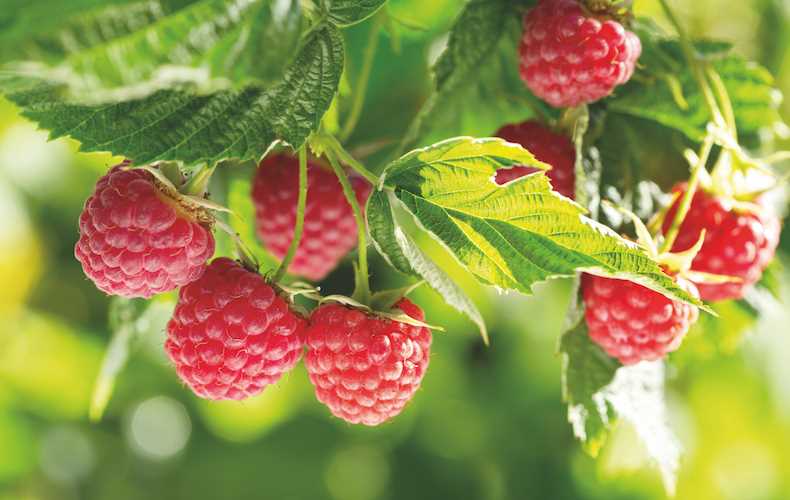

Start by inspecting your berry bushes and identifying any dead or diseased wood. Look for branches that are discolored, dried out, or showing signs of disease. Using your pruning shears, carefully remove these branches by making a clean cut at the base.
4. Thin Out Overcrowded Areas
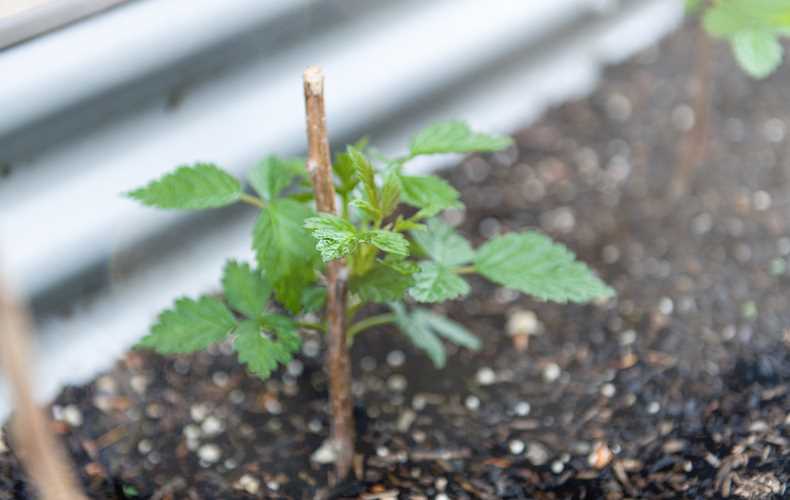

Next, look for any areas of your berry bushes that are overcrowded. Overcrowding can prevent proper airflow and sunlight penetration, leading to increased disease susceptibility. Use your pruning shears to thin out these areas by removing a few branches to create more spacing between them.
5. Shape the Bushes
Once you have removed the dead wood and thinned out overcrowded areas, you can begin shaping your berry bushes. Start by removing any branches that are growing in undesirable directions or crossing over each other. Aim to create an open and well-spaced structure that allows for good air circulation and sunlight exposure.
6. Clean Up and Dispose of Debris
After you have finished pruning, it’s important to clean up and dispose of any debris. Remove all the cut branches and leaves from the area around your berry bushes to prevent the spread of diseases or pests. You can either compost the debris or dispose of it in green waste bins.
7. Provide Aftercare
After pruning, it’s crucial to provide the necessary aftercare for your berry bushes. Water them thoroughly to help them recover from the stress of pruning and apply a layer of mulch around the base of the plants to conserve moisture and suppress weed growth.
By following these steps and pruning your berry bushes in autumn, you can ensure their health and productivity for the upcoming growing season. Remember to always use sharp and clean tools, make clean cuts, and dispose of debris properly to prevent the spread of diseases. Happy pruning!
Tools and Equipment
When it comes to autumn pruning of berry bushes, having the right tools and equipment can make the process much easier and more efficient. Here are some essential tools you will need:
- Pruning shears: These are small, handheld cutting tools specifically designed for pruning. Look for quality shears that have sharp blades and a comfortable grip.
- Loppers: Loppers are larger versions of pruning shears and are used for cutting thicker branches. They have long handles that allow for greater leverage and can make pruning easier for those with less hand strength.
- Hand saw: A hand saw is essential for cutting larger branches that cannot be pruned with pruning shears or loppers. Look for a saw with a sharp blade and a comfortable handle.
- Garden gloves: Pruning can be a messy task, and garden gloves can help protect your hands from thorns, splinters, and other injuries. Choose gloves that fit well and provide good dexterity.
- Pruning sealant: Pruning sealant is a protective coating that can be applied to the cut ends of branches to prevent disease and infection. It is especially important for larger cuts that may take longer to heal.
- Bucket or tarp: Having a bucket or tarp nearby can make clean-up easier by collecting the trimmings and debris from pruning. It also helps keep the area tidy.
Having these tools and equipment ready before you begin pruning will help ensure that you can work efficiently and safely. Remember to keep your tools clean and well-maintained to prolong their lifespan and effectiveness.
Step-by-Step Pruning Process
- Start by assessing the condition of the berry bushes. Look for any dead, damaged, or diseased branches that need to be removed.
- Using pruning shears or loppers, make clean cuts at the base of the unwanted branches. Remove them completely to prevent any future growth or spread of disease.
- Next, thin out the interior of the bush to improve air circulation and allow sunlight to reach all parts of the plant. Remove any small, weak branches that are crossing or rubbing against each other.
- When trimming longer branches, locate a bud that is facing outward and make a slanted cut just above it. This will help promote new growth in the desired direction.
- Be careful not to remove too much of the healthy growth, as this can reduce fruit yield for the following season. Aim to remove only about one-third of the plant during the pruning process.
- After completing the pruning, clean up all the trimmings and dispose of them properly to prevent the spread of pests or diseases.
- Consider applying a layer of mulch around the base of the bushes to help conserve moisture and suppress weed growth.
- Keep track of the pruning schedule and repeat the process annually during the autumn months to ensure healthy growth and optimal fruit production.
Mistakes to Avoid While Pruning Berry Bushes
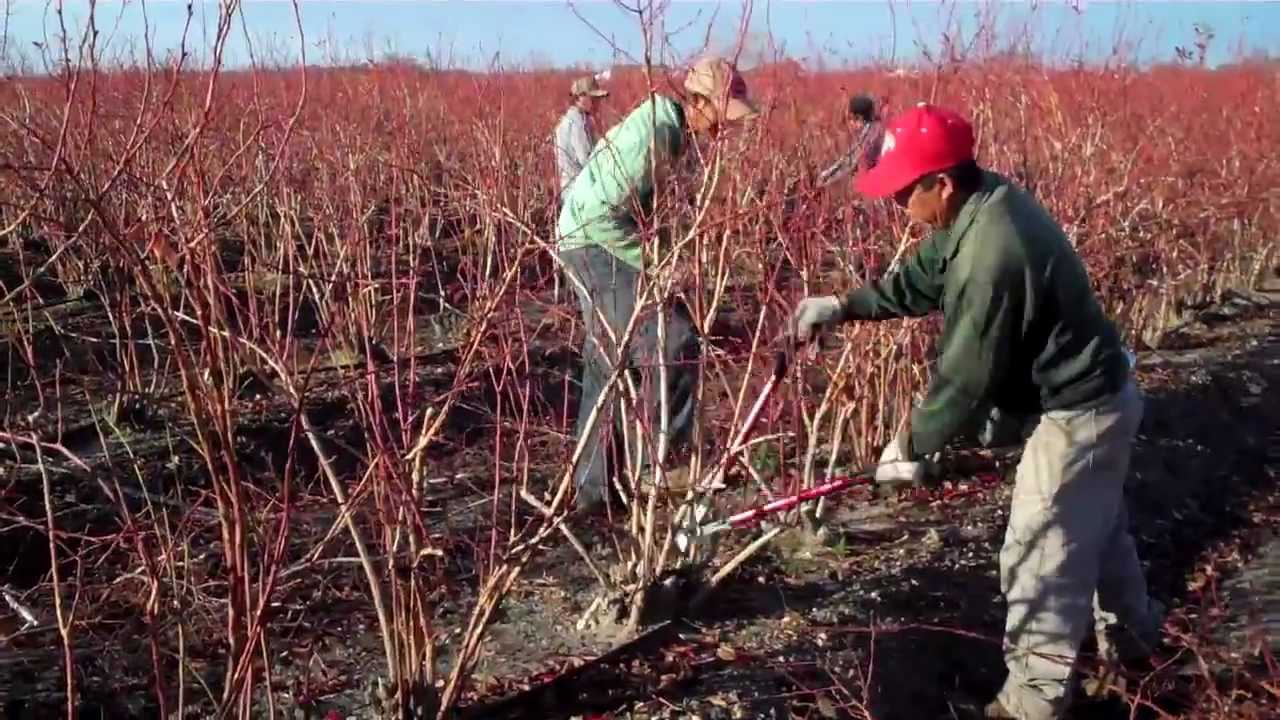

Pruning berry bushes is an important task that helps promote healthy growth and maximize fruit production. However, there are certain mistakes that you should avoid to ensure the best results. Here are some common mistakes to watch out for:
- Pruning at the wrong time: Timing is crucial when it comes to pruning berry bushes. Pruning at the wrong time can result in the loss of next year’s fruit production. Different berry bushes have different optimal pruning times, so make sure to research the specific timings for your particular plants.
- Over-pruning: It can be tempting to remove a lot of growth when pruning, but over-pruning can weaken the plant and reduce future fruit production. Avoid removing more than 25-30% of the growth in a single pruning session.
- Pruning old wood: Many berry bushes produce fruit on old wood, so avoid cutting back all the old branches. Pruning should focus on removing dead, damaged, or overcrowded branches while leaving some older wood for fruit production.
- Incorrect pruning cuts: It’s essential to use the right technique when making pruning cuts. Avoid leaving stubs or cutting too close to the main stem. Make clean cuts just above a bud or branch collar to promote proper healing.
- Ignoring sanitation: Pruning tools can spread diseases between plants, so it’s crucial to sanitize your tools between cuts. Clean your pruning shears with a disinfectant solution or rubbing alcohol to prevent the spread of pathogens.
- Improper shaping: Berry bushes benefit from a well-balanced structure that allows light and air to reach all parts of the plant. Avoid creating a lopsided or dense canopy by pruning too heavily on one side or neglecting to thin out overcrowded areas.
Avoiding these common mistakes while pruning your berry bushes will help ensure healthy growth, increased fruit production, and overall plant vitality.
Common Pruning Errors and How to Prevent Them
Pruning berry bushes is essential for their overall health and productivity. However, it is important to avoid certain common pruning errors that can negatively impact the plants. Here are some common mistakes and how to prevent them:
1. Overpruning
One of the most common mistakes is overpruning, which involves removing too much of the plant at once. Overpruning can weaken the bush and inhibit its ability to produce fruit. To prevent this, follow the rule of thumb that suggests removing no more than one-third of the plant’s overall size in a given pruning session.
2. Improper Timing
Pruning at the wrong time can also harm the berry bush. It is important to prune during the plant’s dormant season, which is typically in late winter or early spring before the new growth begins. Pruning at the wrong time can lead to excessive bleeding of sap, disease susceptibility, and reduced fruit production.
3. Neglecting Sanitization
Another common error is neglecting to sanitize pruning tools between cuts. Failing to do so can spread diseases and pathogens to healthy parts of the plant. To prevent this, always clean your pruning tools with a disinfectant, such as 70% isopropyl alcohol, before making each cut.
4. Incorrect Angled Cuts
Making incorrect angled cuts is another mistake to avoid. When pruning, always make a clean cut at a slight angle just above a bud or lateral branch. This allows for proper healing and prevents the accumulation of water on the cut surface, which can lead to rot and disease.
5. Excessive Lateral Growth Removal
Some gardeners make the mistake of removing too much lateral growth, which are the side branches of the berry bush. Lateral growth is essential for fruit production as it bears the flowers and subsequently the berries. To prevent this error, selectively prune lateral branches, ensuring a balance between fruit-bearing branches and new growth.
6. Ignoring Renewal Pruning
Renewal pruning is essential for the long-term health of the berry bush. This involves removing older, unproductive wood to allow for the growth of new shoots. Ignoring renewal pruning can lead to decreased fruit production and overall decline of the plant. To prevent this, regularly remove older wood, making room for new, vigorous growth.
By avoiding these common pruning errors and following proper pruning techniques, you can ensure the health, productivity, and longevity of your berry bushes.
Questions and Answers:
When is the best time to prune berry bushes in autumn?
In autumn, it is best to prune berry bushes after the leaves have fallen and the plants have gone dormant.
What are the benefits of pruning berry bushes in autumn?
Pruning berry bushes in autumn helps to remove dead or damaged branches, improve air circulation, and promote better fruit production in the following season.
How should I prune berry bushes in autumn?
When pruning berry bushes in autumn, start by removing any dead or damaged branches. Then, prune back any long or overgrown branches to maintain a neat and compact shape. Finally, thin out the center of the bush to improve air circulation.
Can I prune my berry bushes in early autumn?
It is best to wait until the leaves have fallen and the plants have gone dormant before pruning berry bushes in autumn. Pruning too early can stimulate new growth that may be susceptible to frost damage.
What tools do I need for pruning berry bushes in autumn?
For pruning berry bushes in autumn, you will need a pair of sharp pruning shears or loppers to cut through the branches. It may also be helpful to have a small saw for removing larger branches.







